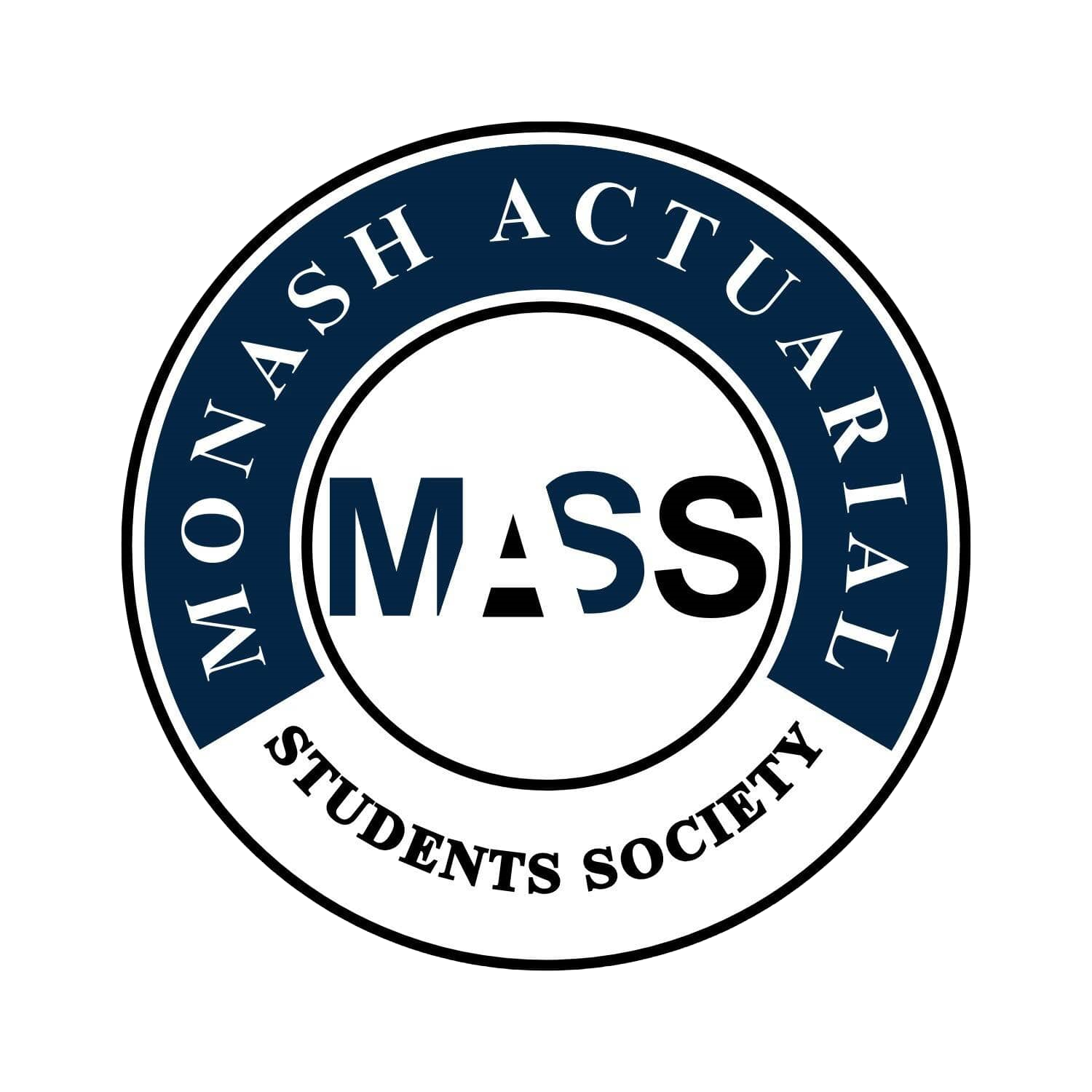ECC1000 Introduction to Microeconomics / ECF5923 Principles of Microeconomics
Difficulty:
Year Completed: Semester 1, 2023
Prerequisite: N/A
Exemption:
CB2 Business Economics
ECC1000 (55%), ECC1100 (45%)
Weighted average of 70% required. Minimum of 60% required for each unit.
Mean Setu Score: 73.18%
Clarity of Learning Outcomes: 76.30%
Clarity of Assessments: 82.96%
Feedback: 58.21%
Resources: 73.13%
Engagement: 76.30%
Satisfaction: 72.18%
Subject Content:
Lecture(s) and Tutorial(s):
Textbook:
Assessments:
This unit is quite fun and easy to understand. The topics covered in this unit are the foundations of economics, supply and demand, the efficiency of markets, including elasticity, price controls, tax incidence, business costs, and competitive markets, monopolies and oligopolies, consumer choice and behavioural economics.
1 x 2-hour lectures
1 x 1 hour tutorial
Principles of Microeconomics, THIRD EDITION; Dirk Mateer, Lee Coppock - Has helpful questions
20% for weekly tasks (Homework tasks, Tutorial Participation and post tutorial quizzes)
20% Mid-semester test
60% Final Exam
Comments
This unit provides a comprehensive explanation of introductory microeconomics. The concepts are simple in nature and are supported with real life examples or even clips from shows to demonstrate how they are applicable. The first 3 weeks provided the fundamental basis for economics, with the remaining weeks of content able to be divided into individual segments which assists with study. Overall, its a unit where high marks are very attainable as long as students stay up to date with the course work.
The lectures were very engaging and went by very quickly. The lecturer uses many references to pop-culture, often including videos from popular tv shows such as the Simpsons and Squid Game to demonstrate economic concepts. This engaging format made lecturers very entertaining and helped to develop an interest in economics. Furthermore by applying the concepts learnt to videos, students were able to see how concepts can be applied in abstract ways, which helped build a stronger understanding of the underlying economic concepts.
The tutorials started in week 1 and are 1 hour long. There was no preparation required for the tutorials, with the tutor spending time working through each weeks questions with the class and answering any questions when needed.
As tutorial participation is marked, attendance is strongly advised
The post-tutorial quizzes and homework task were very easy to get full marks on because it is based off the tutorial questions. It is recommended that students revisit the tutorial questions prior to sitting the weekly quiz. Some of the tutorial questions were almost identical to the weekly quiz questions, making this an excellent source of revision.
The mid-semester test was a 1 hour long open book test. As it was based on a small portion of the unit and thus doesn't require much preparation. Being familiar with basic concepts such as supply/demand and elasticity was all that was required.
The final exam was structured as 5 extended response questions and 10 multiple choice questions, with 2 hours and 10 minutes provided.
This exam was difficult to prepare for due only a small amount of effective practice questions being provided. The questions in the textbooks were not reflective of the type of questions given in the exam and the difficulty of the textbook questions do not reflect the actual exam.
A useful resource was the tutorial questions and the examples completed during lectures, as these were similar to questions in the actual exam.
However overall, the exam wasn’t too difficult, and with strong preparation, high marks are attainable.
Overall this unit is really enjoyable. Content is not too difficult, but attempt a variety of questions and be detail oriented - this is required to do well in the final exam. It’s also important to remain engaged with the content throughout the whole semester in order to perform strongly.
General Overview:
Lectures:
Tutorials:
Assessments/Other Assessment
Exams
Concluding Remarks

